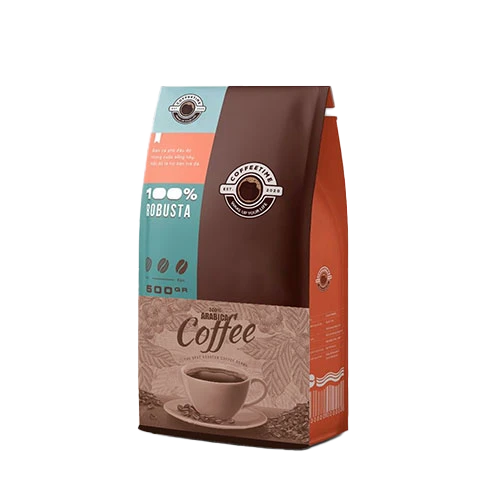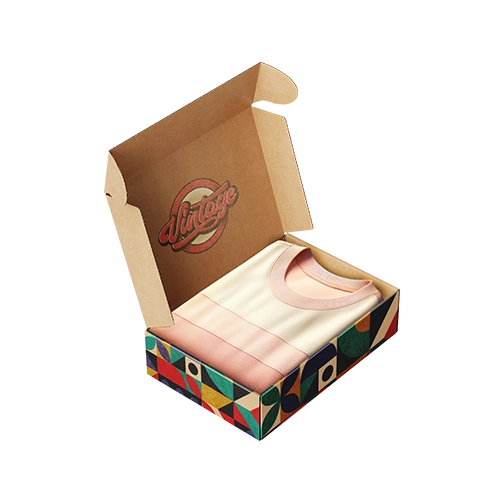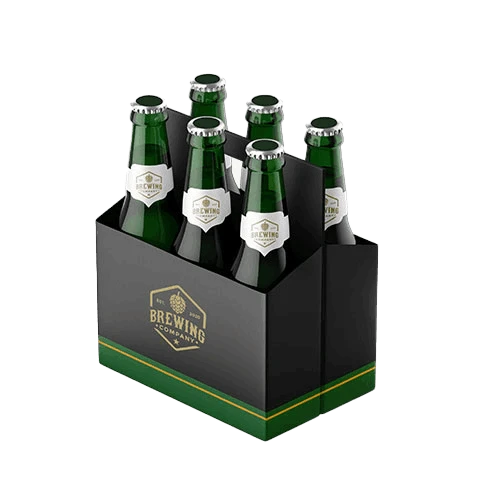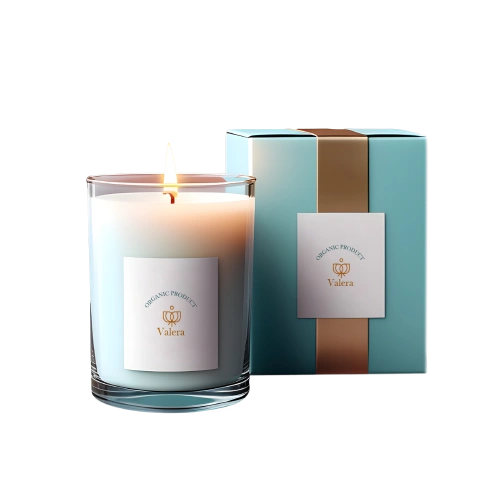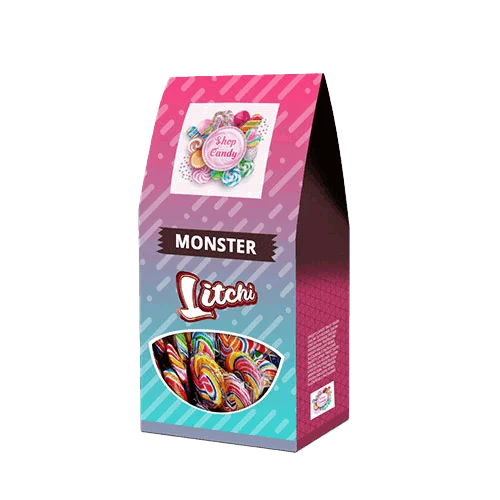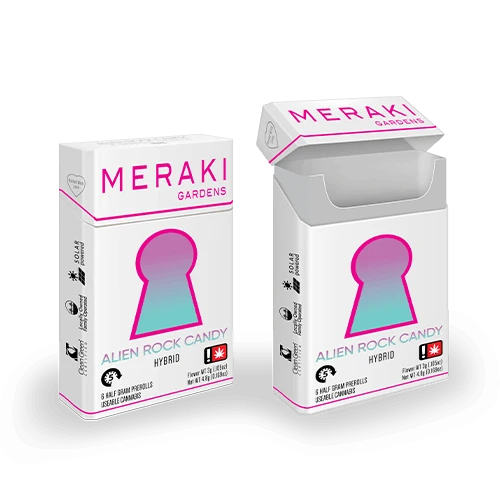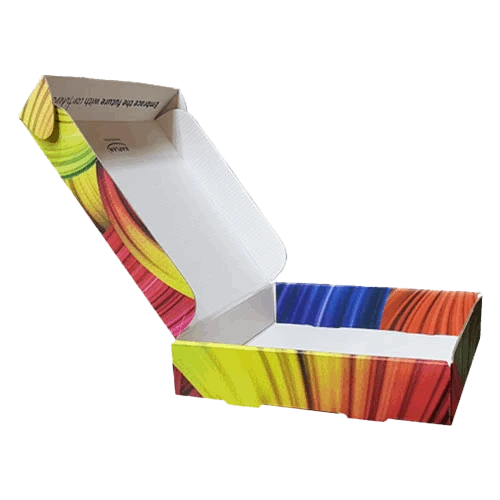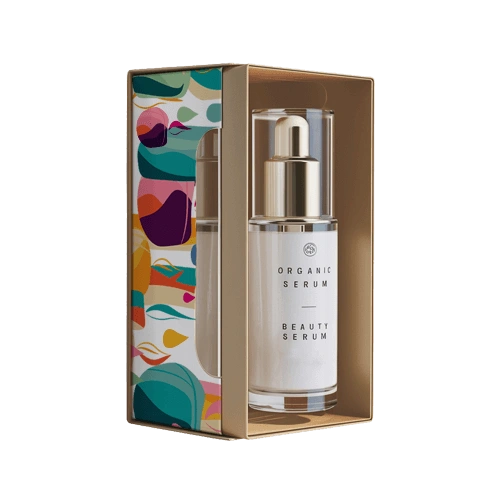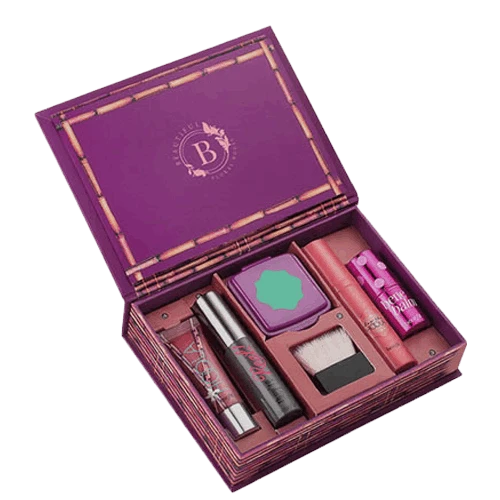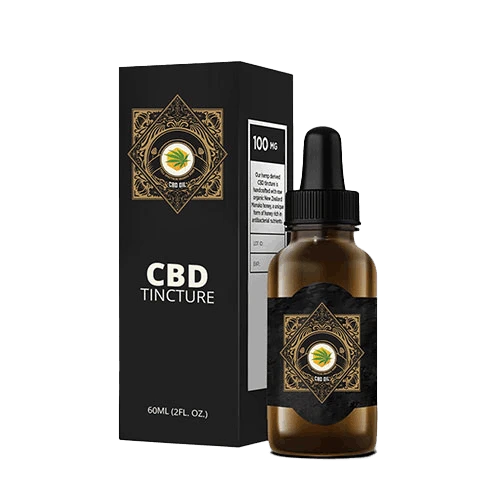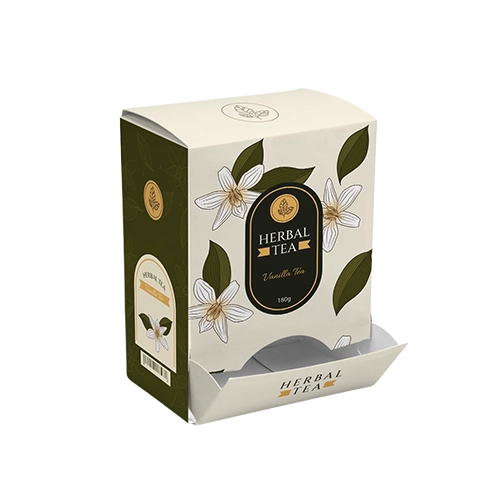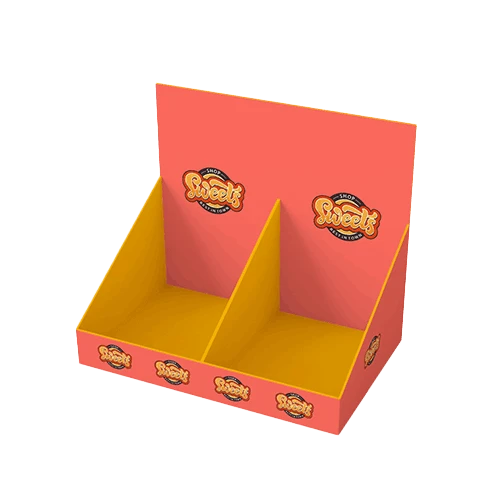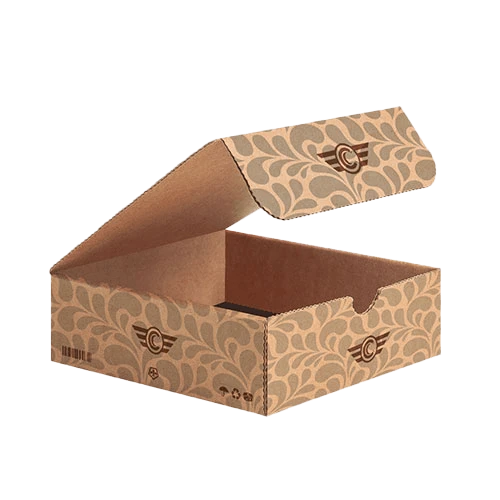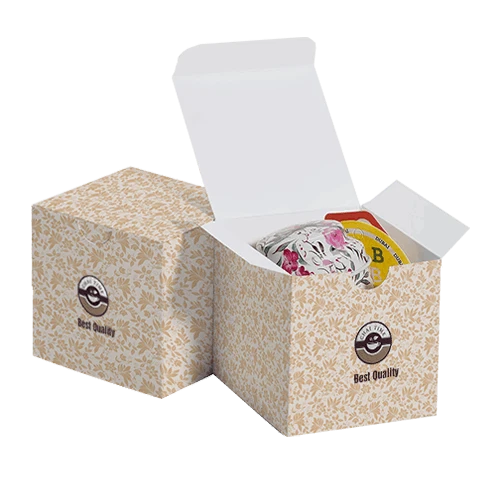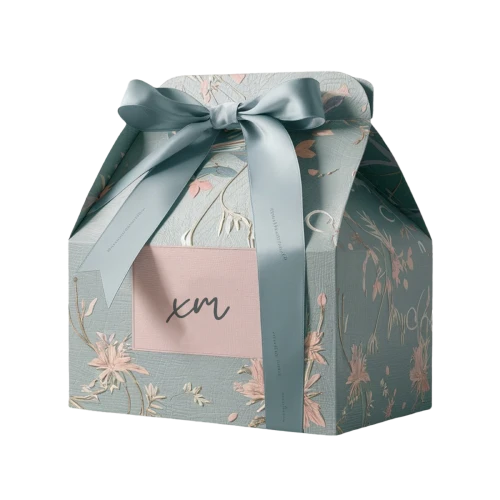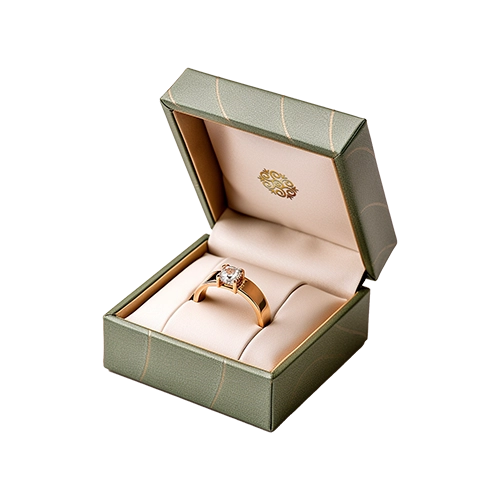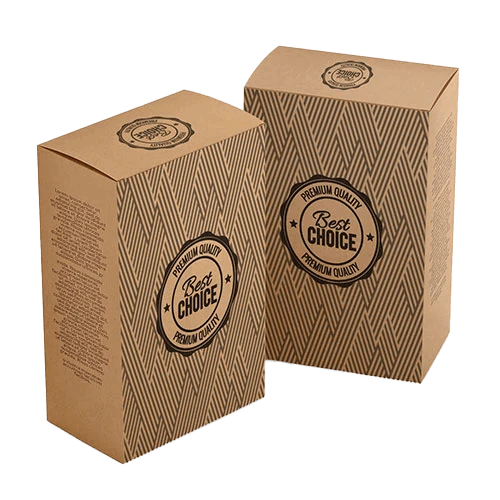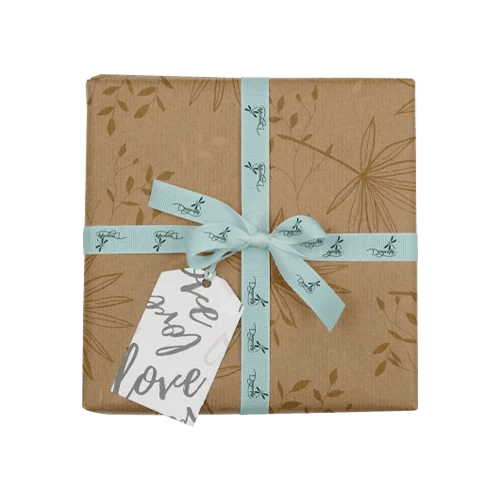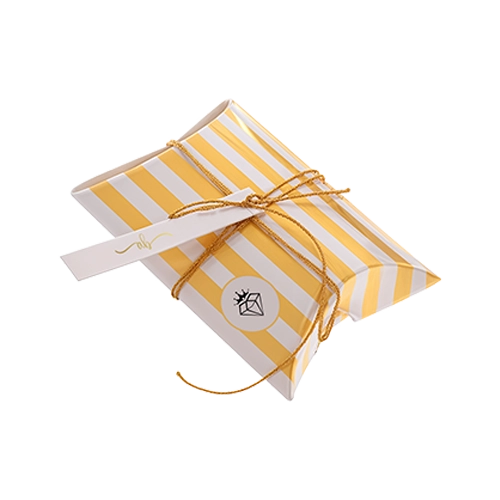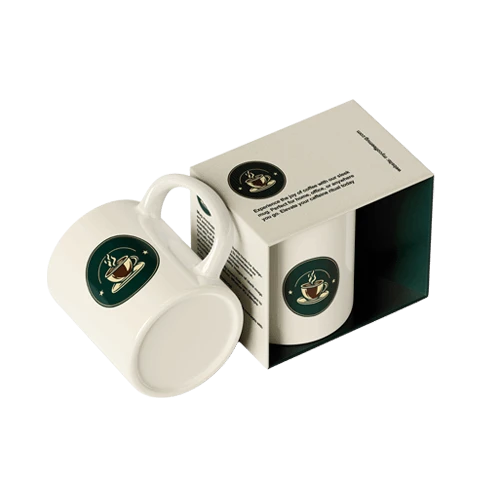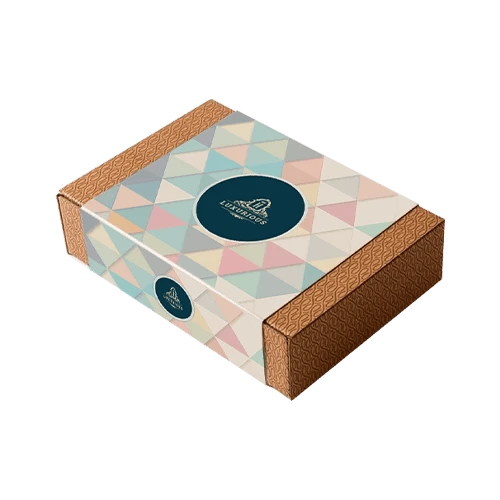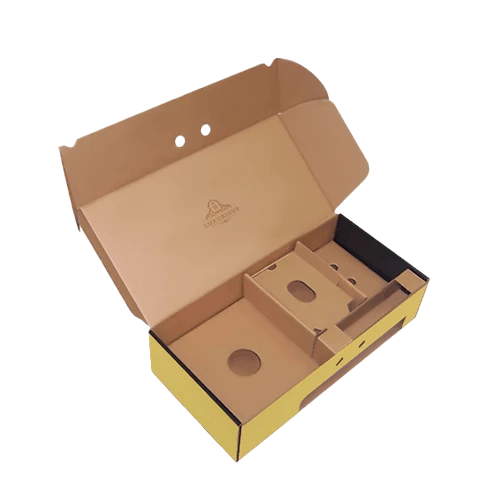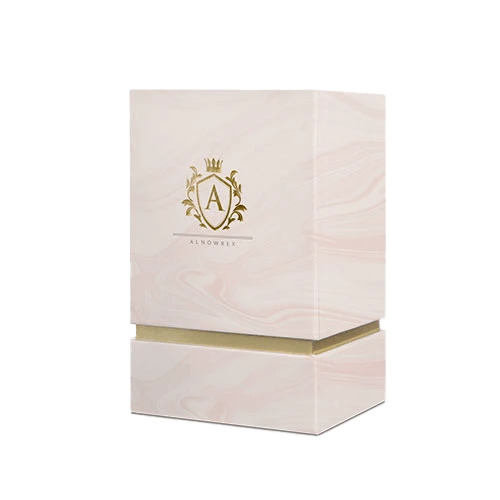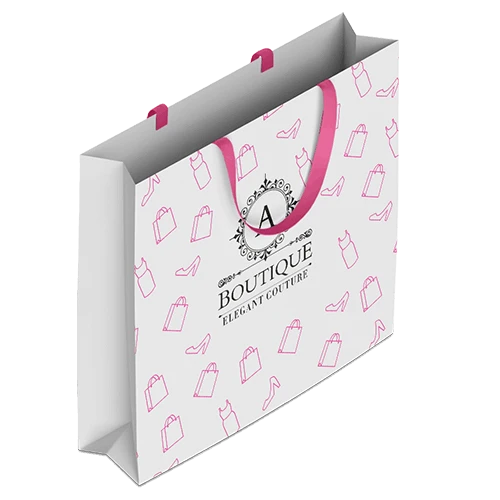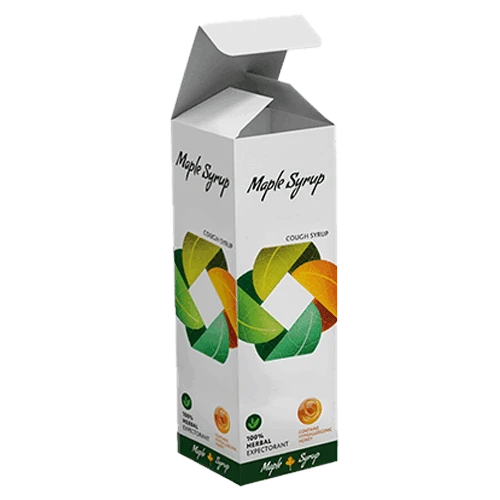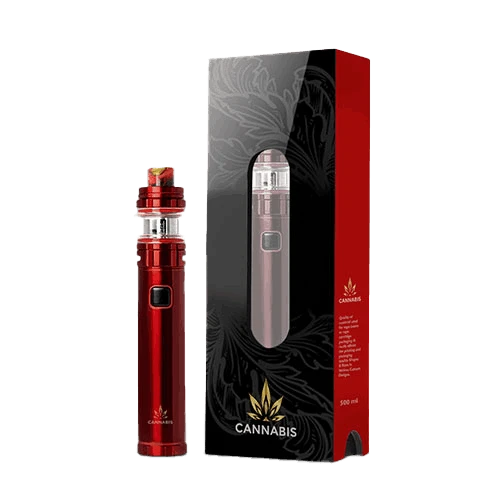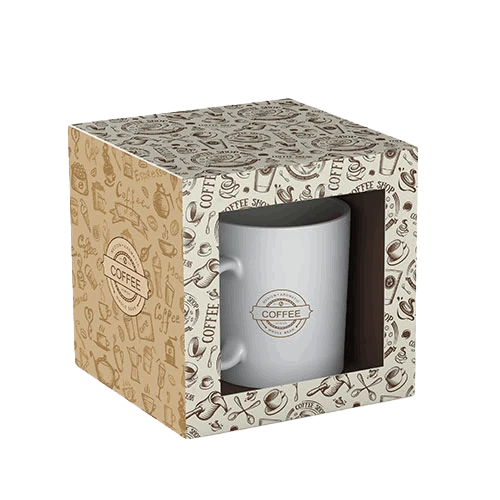
Custom Quote Request Form
Mylar Bags
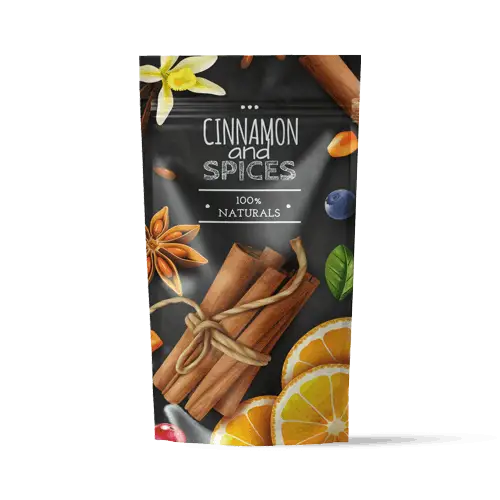

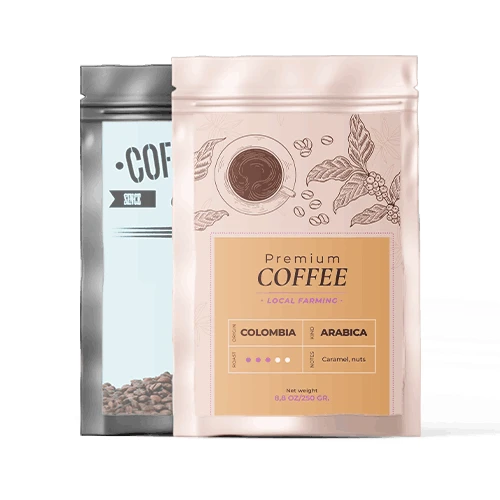
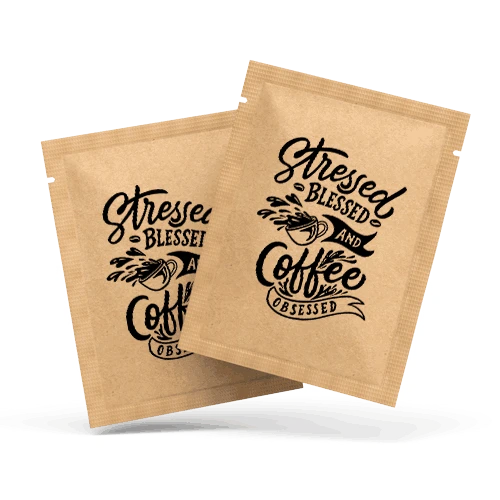
FAQ'sSpecification Learn More Reviews |
||||||||||||||||
|
Q: What are Mylar Bags?A: Mylar bags are packaging made from a polyester film called polyethylene terephthalate (PET). This material is strong, durable, and offers excellent barrier protection against moisture, light, and oxygen. Q: What are mylar bags typically used for?A: Mylar bags are used for a variety of applications, including food packaging, health and beauty products, craft items, and other small retail items. They are also used for storage and organization, as they provide a protective barrier that can help to keep items safe from moisture and dust. Q: Can I reuse mylar bags?A: Yes, you can reuse mylar bags. Mylar bags are made of a durable, multi-layered material that is designed to be reused multiple times. They are also airtight and waterproof, making them ideal for storing food and other items. Q: What type of mylar bags can you manufacture?A: We can manufacture a variety of mylar bags, including stand-up pouches, flat pouches, gusseted pouches, and zipper pouches. We can also customize the bags' size, shape, and material to meet your specific needs. Q: What is a stand-up pouch?A: Stand-up pouches can stand upright on their own on shelves or counters as they have a gusseted bottom. Stand-up pouches are commonly used for packaging food, personal care items, and various consumer goods. Q: What is a tear notch?A: A tear notch is a small, V-shaped cut or indentation found on the top of a stand-up pouch or other types of mylar bags. The purpose of the tear notch is to provide a starting point for tearing the package open, making it easier to access the contents inside. Q: Can mylar bags be recycled?A: Not all mylar bags are recyclable, as the type of plastic used to manufacture the bags can vary. It is essential to check the product specifications and look for a bag made from recyclable materials if you are concerned about environmental impacts. Q: How long do mylar bags last?A: The lifespan of a mylar bag can vary depending on several factors, including the type of product being stored and storage conditions. In general, mylar bags will last for several years if stored properly. Q: How do I properly store mylar bags?A: Mylar bags should be stored in a cool, dry place, away from direct sunlight and heat sources. It is also important to make sure that the bags are properly sealed to prevent moisture, light, and oxygen from entering. Q: Can mylar bags be used for vacuum sealing?A: Yes, mylar bags can be used for vacuum sealing, as the strong durable plastic material provides an airtight barrier that helps to preserve the freshness and flavor of food and other products. Q: Are there eco-friendly options for mylar bags?A: NYes, there are several eco-friendly options for mylar bags, including bags made from biodegradable and compostable materials, as well as bags made from recyclable materials. Q: What is the difference between mylar bags and vacuum-sealed bags?A: Mylar bags are made of a strong, durable plastic material that provides a barrier against moisture, light, and oxygen. Vacuum-sealed bags are bags that have had the air removed to create an airtight seal. Mylar bags can be used for vacuum sealing, as they provide an airtight barrier that helps to preserve the freshness and flavor of food and other products. Q: What are Doypacks?A: Doypack is a term used to refer to a type of stand-up pouch packaging. This packaging format is designed with a bottom gusset that allows the pouch to stand upright on store shelves, offering excellent display and presentation capabilities. Q: What additional features can be incorporated into Doypacks?A: Doypacks commonly incorporate several types of resealable features aimed at improving consumer convenience and preserving product freshness. These include:
These features not only enhance the user-friendliness of the packaging but also contribute to prolonging product shelf life throughout the product lifecycle. Q: What are the common uses of Mylar bags when it comes to product packaging?A:
Mylar bags are used across a wide range of industries, including food and beverage, health and wellness, pharmaceuticals, electronics, cosmetics, pet products, and more. Their durability and barrier protection make them ideal for storing items that need to stay fresh, dry, and secure. If you are unsure how Mylar bags can elevate your brand or whether they are the right fit for your product, you can learn more about the types of Mylar bags and their potential uses here.
Types of Mylar Bags and Their BenefitsMylar bags are a type of flexible packaging that is made from a thin, high-quality polyester film PET (polyethylene terephthalate). These bags are often recognized for their durability, resistance to punctures and tears, and ability to protect contents from moisture, light, and oxygen. It makes them popular for retail packaging, long-term food storage, packaging items such as coins, comic books, and other items that must be protected from the environment. There are several types of mylar bags, each with specific characteristics and uses. Some of the most common types are:
The selection of the correct type of mylar bags that should be used for packaging your products depends on the specific requirements, including the level of protection needed against moisture, light, oxygen, and other environmental elements. Mylar bags are frequently used alongside other packaging materials to enhance protection, convenience, and presentation. Typically, Mylar bags are placed inside an outer packaging shell, such as a cardboard box or carton for extra protection during the shipping and handling process. The bags may be vacuum-sealed or heat-sealed before being packaged to ensure airtight storage, often combined with cushioning materials like bubble wrap, foam, or damage-prevention inserts to ensure secure product delivery. Mylar bags have become a trusted packaging solution in various industries due to their exceptional barrier properties, durability, and flexibility. Whether it's protecting perishables or sensitive goods, these bags have broad applications that make them ideal for industries such as food, health, retail, and emergency preparedness. Below are some of the most popular uses for Mylar bags across different sectors.
Mylar bags can be manufactured using various different types of materials including PET (polyethylene terephthalate), Clear PET, Metallized Kraft (kraft paper coated with layer or aluminum paper), and PLA (polylactic acid)/Biodegradable materials. In addition, mylar bags come in various thicknesses and sizes and are often used with oxygen absorbers to extend the shelf life of packaged products. Bags made of PLA material are an environmentally friendly packaging alternative to traditional bags made of petroleum-based plastic. PLA is a biodegradable and compostable plastic material manufactured from renewable resources such as corn, sugar cane, or potato starch. Bags made of PLA material offer many of the same benefits as traditional bags, including barrier protection against moisture, light, and oxygen, durability, and resistance to punctures and tears. In addition, they are more sustainable and eco-friendly, as they will break down into natural materials over time, reducing waste and minimizing environmental impacts. These bags are often used for packaging health, food, beauty products, and other small retail items. PLA bags are also commonly used in the food service industry, as they are able to withstand high temperatures and are compostable, reducing waste and helping to create a more sustainable food system. |



